Excellence in Historic Preservation Awards - 2009
FOR IMMEDIATE RELEASE
EXCELLENCE IN PRESERVATION AWARD WINNERS ANNOUNCED
ALBANY, NY – May 5, 2009 – The League’s statewide awards program honors notable achievements in retaining, promoting and reusing New York State’s irreplaceable architectural heritage. By leading a statewide preservation movement, sharing information and expertise and raising a unified voice, the Preservation League of New York State promotes historic preservation as a tool to revitalize our neighborhoods and communities, honor our heritage and enrich our lives.
The awards will be presented at the Preservation League’s Annual Meeting and Awards Ceremony in New York City at 6:00 p.m. on Wednesday, May 13th at the historic New York Yacht Club, 37 West 44th Street.
The complete list of award winners is:
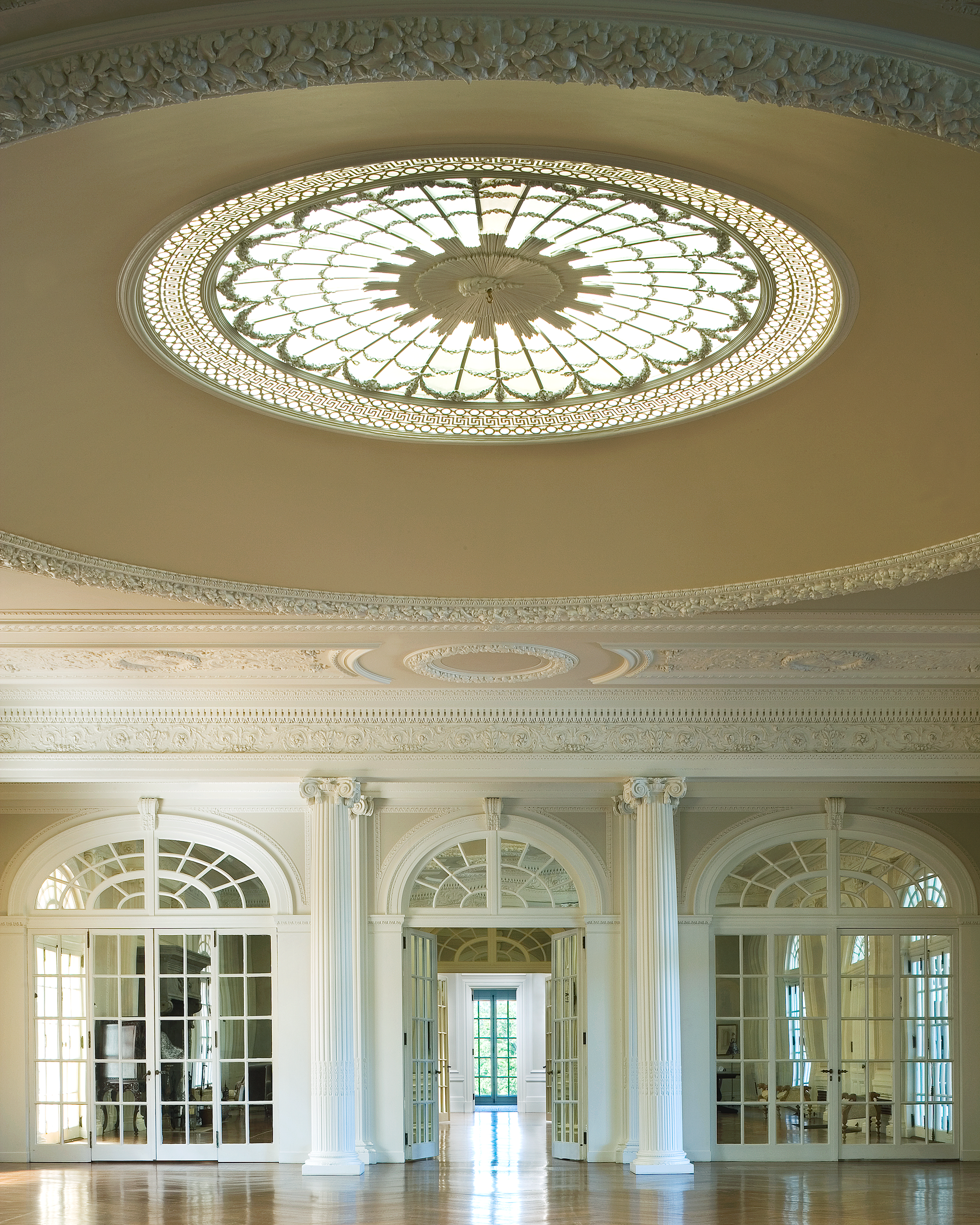

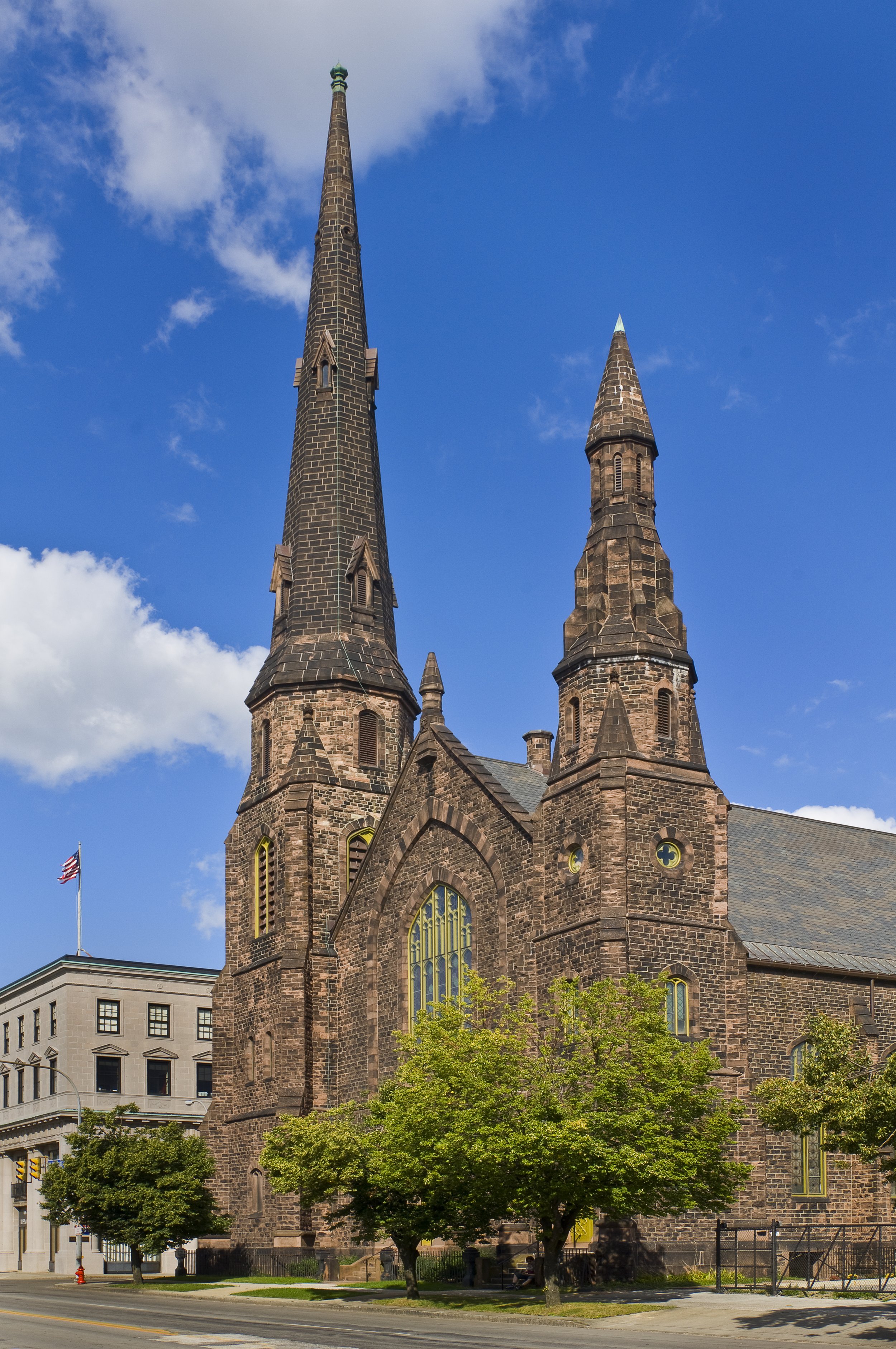
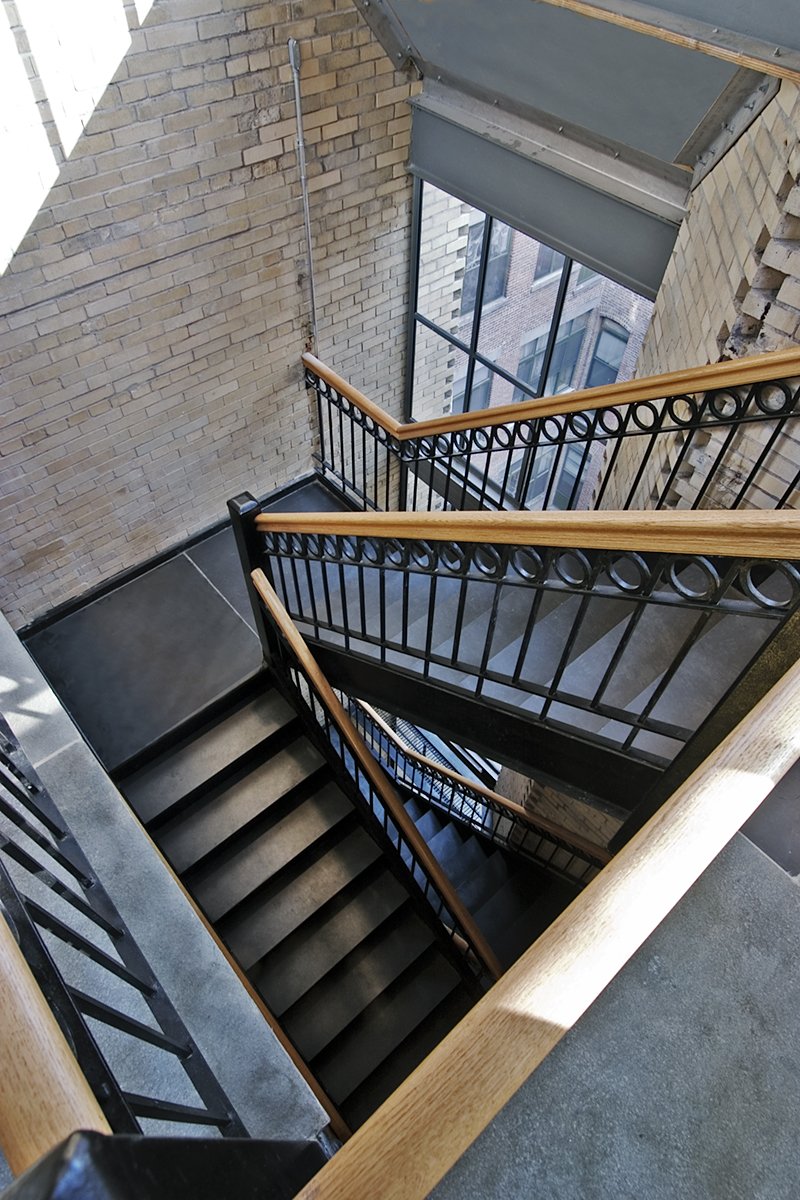
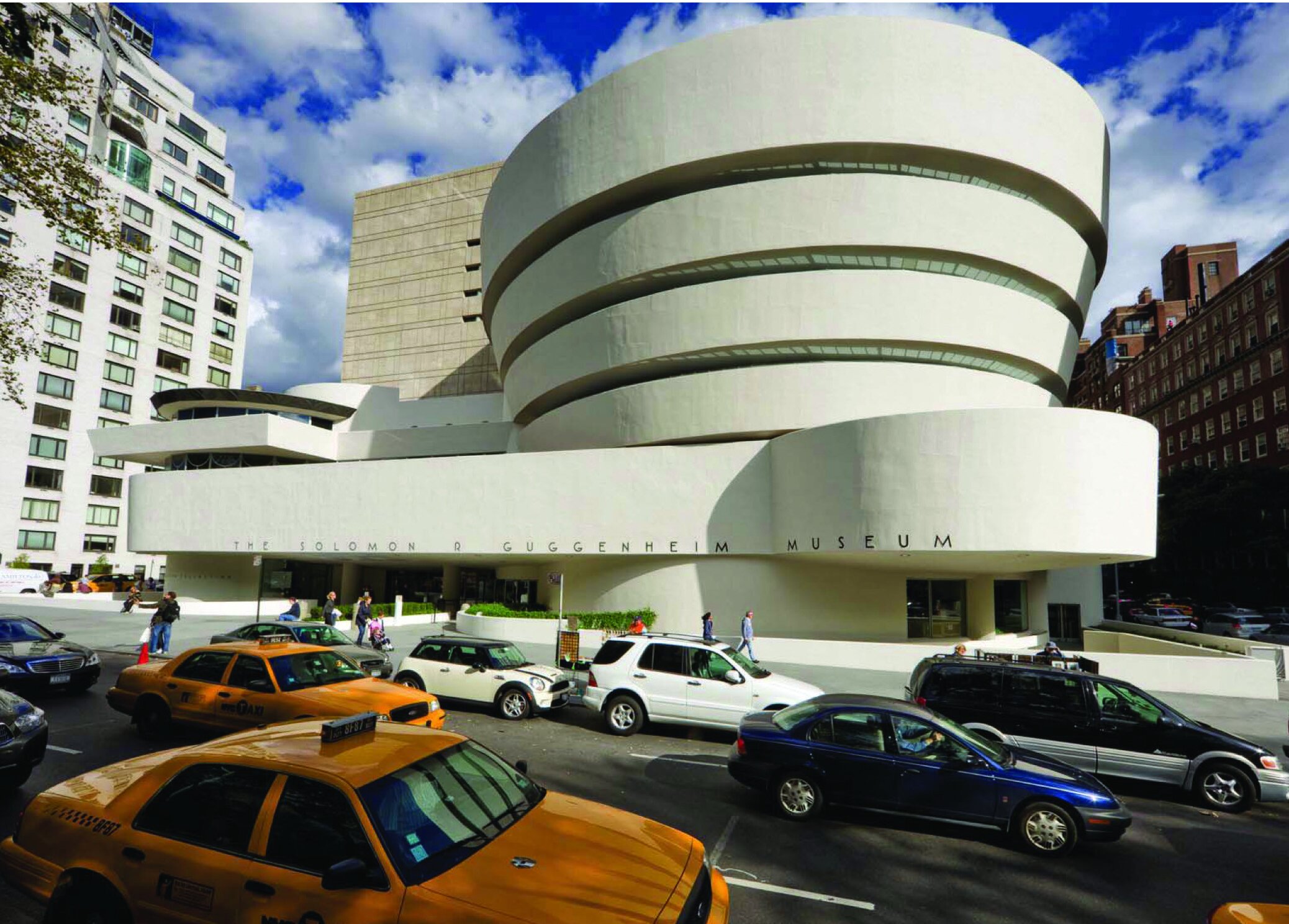
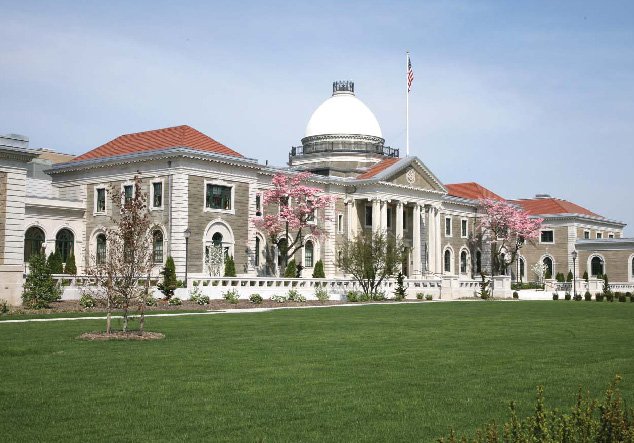

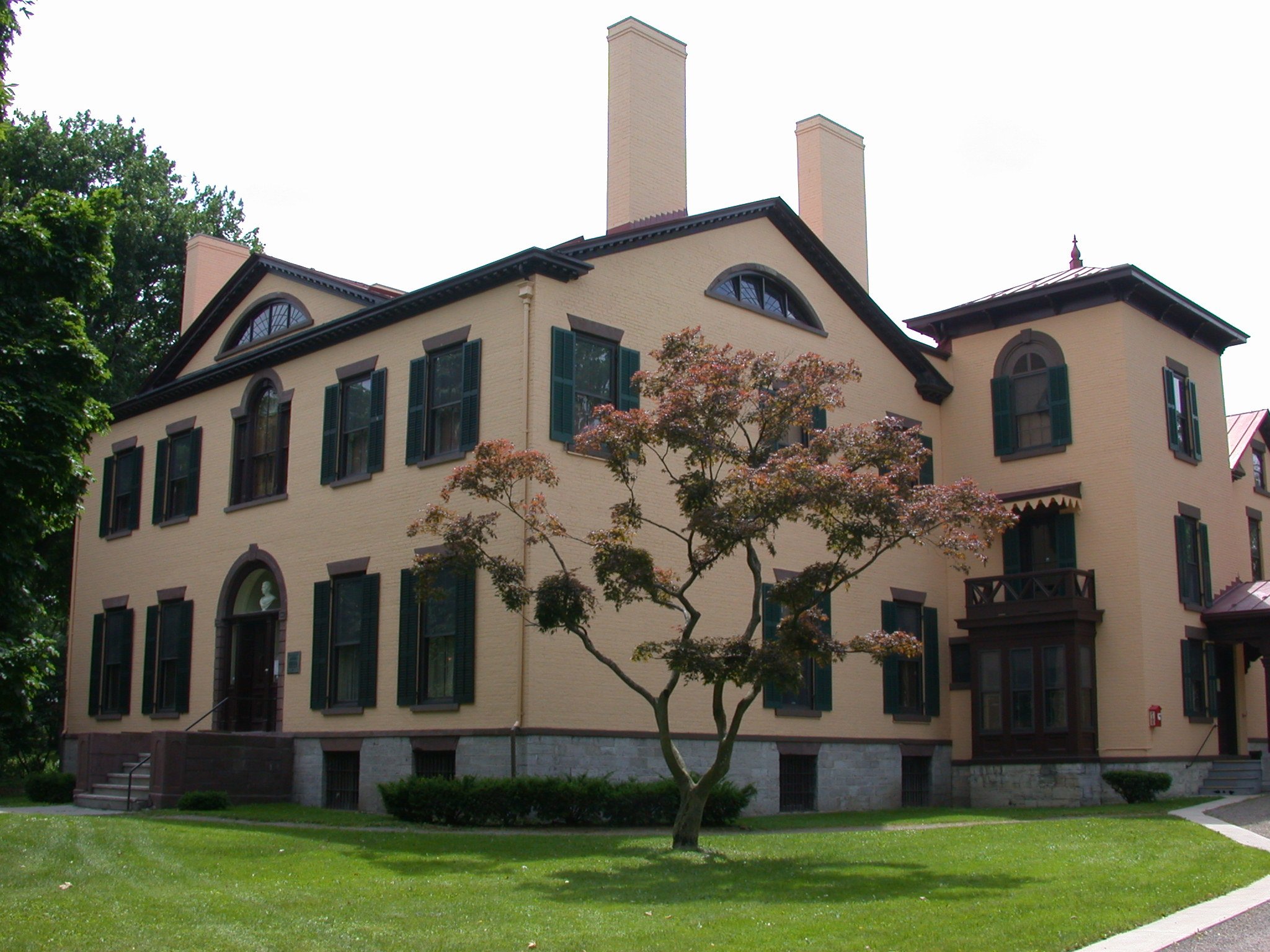
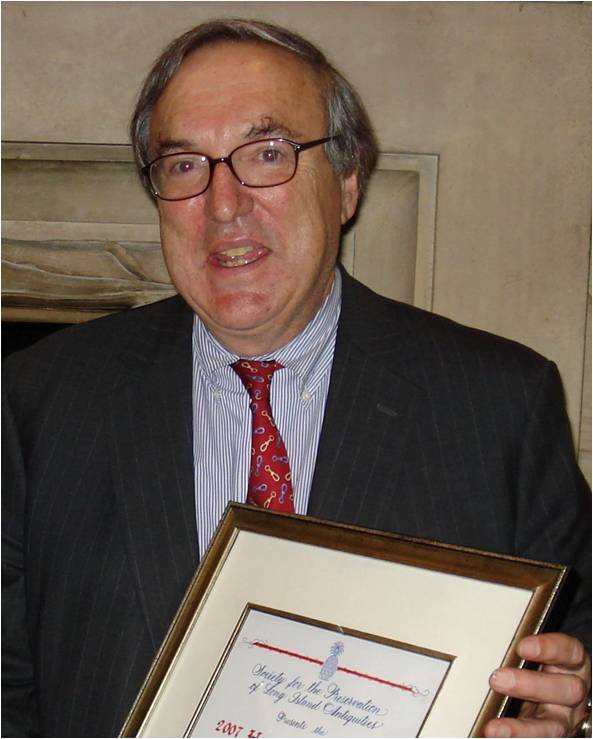
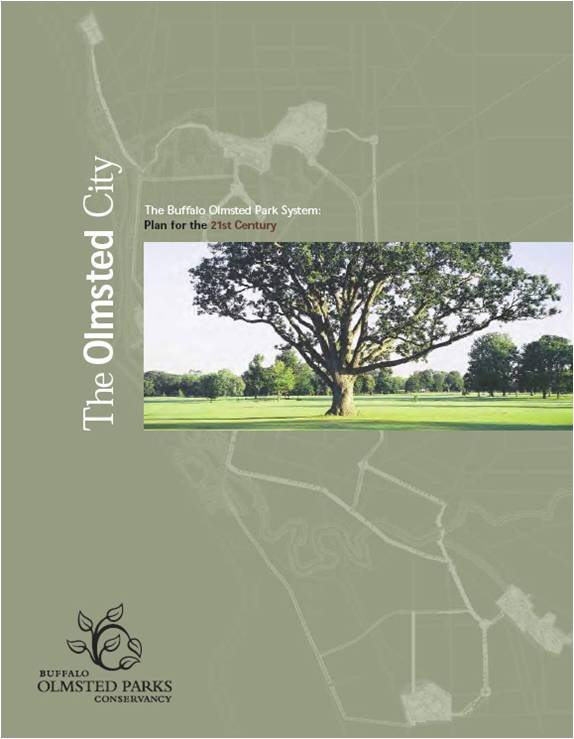
Astor Courts in Rhinebeck, Dutchess County
“This marvelous restoration project brought back Stanford White’s Astor Courts, to the delight of not only the homeowners but to civic groups who have been generously granted access to the landmark building and grounds in recent years,” said Jay DiLorenzo, President of the Preservation League. “In addition to stripping away inappropriate changes, the effort also restored significant elements of the estate’s landscape, most notably clearing the site in order to restore the original and critical sense of open space surrounding the house and re-opening the views of the river. Given the extreme development pressure that has led to the demise of so many of the Hudson Valley’s architectural jewels and the subdivision of so much green space, this project is particularly gratifying.”
According to Samuel G. White, principal-in-charge of the restoration of Astor Courts for Platt Byard Dovell White Architects, “Astor Courts was created by a great American architect for a major Gilded Age landowner. It was designed to enhance the glory of its Hudson River setting as well as the entertainment of the weekend guests of John Jacob Astor IV. It is not everyday that you get to combine social and architectural history with beauty and fun, but Astor Courts has all of these qualities in abundance.”
Christ Episcopal Church in Poughkeepsie, Dutchess County
A number of Poughkeepsie’s prominent families belonged to Christ Church, and the view from the steeple takes in a wide swath of the Hudson valley, from the Catskills to the Shawangunks. According to Barry Donaldson, Senior Architect with Lichten Craig Architects, LLP, “The restoration of the tower at Christ Episcopal Church involved the efforts of a great many people who have been committed to this project for more than a decade. Now that the tower has been restored to its original color and brightness, I hope that this effort will inspire a comprehensive restoration program for the entire church.”
“The tower of Christ Church is an important icon and beacon for Poughkeepsie residents, and is one of the best examples of 19th Century English Gothic architecture along the Hudson River,” said DiLorenzo. “A conditions survey revealed stone deterioration and displacement, and trees could be seen growing from damaged joints. Meticulous repair, replacement – where necessary – and cleaning of each stone on the tower have restored this landmark to its former glory.”
Asbury Delaware Church – “Babeville,” in Buffalo, Erie County
New vibrancy has been brought to the neighborhood surrounding this long-closed sanctuary and parish hall through the introduction of work, exhibition, performance, and community space. According to Peter Flynn, Preservation Architect with Flynn Battaglia Architects, PC, “At a time when congregations are abandoning many inner city churches, we are very happy to be the designers for a project which creatively adapts and faithfully restores an historic resource with the rich architectural tradition of the Asbury Delaware.”
“The handsome 1870s Medina sandstone Asbury Delaware Church was built at the intersection of several historic districts in downtown Buffalo. What was once a derelict candidate for demolition is now a proud symbol of what can be achieved when public and private sectors work together,” said Jay DiLorenzo. “This former Episcopal church is now home to a performance space, art gallery, and recording studio. Further, this project illustrates a creative solution to an all too common challenge; what to do with an abandoned inner-city religious structure.”
Contributing to the success of this project were Righteous Babe Records; Flynn Battaglia Architects, PC; Architectural Resources; Siracuse Engineers; Wiss Janney Elstner Associates, Inc.; M/E Engineering; and Del Resources. Major financial support was secured through Federal Historic Tax Credits and New Market Tax Credits; the New York State Empire Zone Program; and the Buffalo Economic Renaissance Corporation.
The Emerson in Manhattan, New York County
“With the use of Low Income Housing Tax Credits as well as Rehabilitation Tax Credits, The Emerson, an early 20th century model tenement, has been restored from its previous sooty, vandalized, pigeon-infested state to provide more than 30 units of integrated affordable housing with multiple windows in each room,” said Jay DiLorenzo. “Once slated for demolition, a team of advocates, activist tenants, and city agencies have returned this significant historic building to its original social purpose.”
The Emerson (known by residents at The Flats) was constructed in the Clinton section of Manhattan in 1915 as an example of the model tenement movement to provide safe and healthy apartments for families and the working poor. The extensive restoration preserved the building’s historical character and is now providing 33 apartments along with ground-floor space for community use. “The Flats represented the vanguard of social progress at the beginning of the 20th century,” stated Joe Restuccia, Executive Director, Clinton Housing Development Company. “The renovation and preservation of this historic building renews that commitment. It demonstrates that with a combination of local initiative, a forward thinking city government, and public and private investment, historic preservation and the production of affordable housing are goals that can be mutually accomplished in the 21st century.”
Contributing to the success of this project were Clinton Housing Development Company; the New York City Department of Housing Preservation and Development; Enterprise; Edelman Sultan Knox Wood / Architects LLP; Abraham Joselow, P.C.; Robert Silman Associates, P.C.; Higgins Quasebarth & Partners; and Mega Contracting.
The Guggenheim Museum in Manhattan, New York County
“The Awards Jury was particularly impressed with the extensive monitoring and documentation associated with the effort undertaken at the Solomon R. Guggenheim Museum, including multiple peer-review meetings to refine the project scope and approach,” said Jay DiLorenzo. “Frank Lloyd Wright’s ‘Pantheon’ has emerged from its enclosure of scaffolding after three years and now displays the results of a technically and aesthetically outstanding restoration.”
Wright designed the building – his only major commission in New York – from 1943 through 1956. Built from 1956 through 1959, the Guggenheim was, when it opened, as much a marvel of construction as it was of design. “When the building opened in October 1959, six month’s after Wright’s death, it created a sensation; more than 16,000 people visited it on the first Sunday after it opened its doors,” said Richard Armstrong, Director of the Solomon R. Guggenheim Foundation and Museum.
The museum is considered one of Frank Lloyd Wright’s masterpieces and an international icon of modern architecture. Like many modernist structures, the building is experimental in nature and had begun to exhibit multiple cracks and other signs of deterioration. According to Pamela Jerome, Partner in charge for WASA/Studio A, “Despite these issues, the fabric, once revealed under up to 11 layers of paint, was in remarkably good condition.”
The restoration was initiated in 2003 when former Chairman of the Guggenheim Board of Trustees, Peter B. Lewis, pledged a significant gift to the project. “We are extremely grateful to Peter for providing the impetus and enabling this critical restoration,” said William Mack, Chairman of the Board of Trustees. “Peter’s commitment to the preservation of this architectural treasure and his history of support of the Guggenheim was an inspiration for which we are most grateful.” Mr. Mack continued, “We are also indebted to Mayor Bloomberg, the New York City Council, Manhattan Borough President Scott Stringer, and Cultural Affairs Commissioner Kate Levin for their very generous support. Significant grants from the State of New York, as well as many individual and corporate sponsors, also made this restoration a reality.”
Mr. Lewis joined the board of the Guggenheim in 1993, and was Chairman from 1998 to 2005. “I have always considered this building to be the most important piece of art in the Guggenheim’s collection, and it has been a privilege to be part of its historic restoration.”
Theodore Roosevelt Executive and Legislative Building in Mineola, Nassau County
“The restoration of the 1901 Old Nassau County Courthouse has transformed the building into the Nassau County Executive and Legislative offices,” said Jay DiLorenzo. “This stands out as one of the most extensive preservation projects ever undertaken on an early reinforced-concrete public building, and is the centerpiece of County Executive Tom Suozzi’s efforts to transform Nassau County into a model of smart growth and sustainable development.
Then-Governor Theodore Roosevelt laid the cornerstone of what would become Nassau County’s first municipal building in 1900. Unfortunately, after years of neglect, the building fell into a terrible state of decay. Thomas R. Suozzi, Nassau County Executive said, “I am overjoyed to announce that not only has the historic restoration of the Theodore Roosevelt Executive and Legislative Building been completed, but the local civic pride has been equally restored. A restoration of this magnitude and quality is entirely deserving of the honor of being recognized by the Preservation League.”
John G. Waite, FAIA said, “After his election in 2001 as the first Democratic County Executive in Nassau County since 1971, Tom Suozzi decided that the dilapidated original Nassau County Courthouse would be restored as the center of county government. Thanks to Tom Suozzi, the restored building is now the centerpiece of his reformed administration’s efforts to transform Nassau County into a model of smart growth and sustainable development.”
The Chapel of the Sisters in Prospect Cemetery, Jamaica, Queens County
“The handsome Romanesque Revival Chapel of the Sisters, dating to 1857, had fallen into disrepair after years of neglect,” said Jay DiLorenzo. “Now, through the collaboration of many different funding entities, the vacant chapel is filled with music as a performance space for York College. In addition, what was once a foreboding landscape has been transformed to provide much-needed publicly accessible green space in this section of Jamaica.”
Before the restoration, the interior space had never been heated, and had been unused and in poor condition for many years. “We were so pleased to be involved in this project,” said Daniel Allen, AIA, Principal, Cutsogeorge, Tooman & Allen Architects, PC. “The restoration of the largely intact nineteenth century interior replete with generations of gilded scriptural writings, stained glass, and other decorative elements make this remarkable little building shine once again as a rare jewel.”
Contributing to the success of this project were Cutsogeorge Tooman & Allen Architects, P.C.; Hage Engineering; Gabor M. Szakal Consulting Engineers; Jablonski Building Conservation, Inc.; Fame Construction; The Gil Studios; Greater Jamaica Development Corp.; New York Landmarks Conservancy; Prospect Cemetery of Jamaica Village; and the New York City Parks Department. Major funding was provided by the New York State Office of Parks, Recreation and Historic Preservation; Office of the Queens Borough President; New York City Landmarks Preservation Commission Historic Preservation Grants Program; and New York Landmarks Conservancy.
The Fred L. Emerson Foundation and Foundation Historical Society in Cayuga County (honored for organizational excellence)
“The Emerson Foundation is to be commended for its longstanding commitment to the stewardship of the William H. Seward House in Auburn and the resulting professionalism and high preservation standards at the museum,” said Jay DiLorenzo. “In addition to its stewardship of the Seward House Museum, the Emerson Foundation has provided important support to the Aurora Free Library and Powers Library in Moravia, as well as the Fort Hill Cemetery, Cayuga County Museum of History and Art, and Friends of the Howland Stone Store. This impressive list of preservation success stories truly illustrates the Foundation’s commitment to protecting New York’s historic structures.”
The Emerson Foundation’s support for the Foundation Historical Association and the 1816-17 house, which served as the primary residence for William Henry Seward and his family, began with an initial appropriation of $25,000 nearly 60 years ago. Since 1951, the Emerson Foundation has invested over $7.5 million in Seward House for operations, capital projects, and an endowment for operating and preservation expenses.
“In 1951, William Seward’s grandson left his family’s homestead to the Emerson Foundation with a request we operate the home as a public memorial to his father and grandfather. The Emerson Foundation has been distinctly privileged to support this effort – in cooperation with Foundation Historical Association – for almost 60 years. It is an honor to be recognized by the Preservation League of New York State for this important work,” stated Anthony D. Franceschelli, president of the Emerson Foundation.
Dr. Robert B. MacKay of Cold Spring Harbor, Suffolk County (honored for individual excellence)
“While we often celebrate individual projects in our Excellence Awards, without the leadership of individuals like Dr. Robert MacKay, many important buildings would be lost,” said Jay DiLorenzo. “Bob MacKay is rightly acknowledged throughout Long Island for his preservation advocacy and generous advice to municipalities, communities, individual homeowners, and museums, and he had worked creatively and effectively for the region’s cultural heritage. The Society for the Preservation of Long Island Antiquities has grown and prospered under his stewardship, he has fostered the publication of numerous important books and studies, and his Chairmanship of the New York State Board for Historic Preservation continues to have a lasting impact on the direction and policy of the State Historic Preservation Office.”
“Long Island abounds with landmarks worth saving,” said Dr. MacKay. “Suffolk County is second only to New York County in the state for the number of National Register-designated sites, and I’m delighted to have played a role in championing their significance.”
The Olmsted City – The Buffalo Olmsted Park System: Plan for the 21st Century (University at Buffalo, 2008)
“While we often celebrate individual projects in our Excellence Awards, it’s also important to recognize the thoughtfully-crafted plans that serve as a roadmap for larger preservation endeavors,” said Jay DiLorenzo, President of the Preservation League of NYS. “The Olmsted City – The Buffalo Olmsted Park System: Plan for the 21st Century reflects the high level of professionalism of all involved, including many of Buffalo’s preservation leaders. The Urban Design Project of the University at Buffalo has helped to organize a truly inclusive project with a considerable amount of well-guided student involvement. It is a handsome and most useful document that celebrates a treasured resource, Olmsted’s great city-wide park system.”
Published in January, 2008, The Olmsted City outlines a plan for a 20-year system restoration and management plan for Buffalo’s great ensemble of parks designed and constructed between 1869 and 1915 by Frederick Law Olmsted and Calvert Vaux, and later, the Olmsted Brothers. Publication editors Shibley and Schneekloth speak of “…the critical importance of understanding that the Olmsted Park and Parkway System is both an internationally significant cultural landscape and neighborhood parks. The Buffalo Olmsted Park’s Conservancy has skillfully engaged park users and park advocates as well as advanced best practices in historic cultural landscape management in the commissioning and development of their plan for the 21st Century.”
Contributing to the success of this publication were The Buffalo Olmsted Parks Conservancy; City of Buffalo Office of Strategic Planning; County of Erie; The Urban Design Project; Trowbridge and Wolf, Landscape Architects; Wendel Duchsherer, Architects and Engineers; The Center for Computational Research at the University at Buffalo; and the Greater Buffalo Niagara Regional Transportation Council. Major funding was provided by The John R. Oishei Foundation and Watson Bennet, Attorneys at Law.
The Preservation League’s Excellence in Historic Preservation awards program is funded by a generous grant from the Arthur F. and Alice E. Adams Foundation of Miami, Florida.
